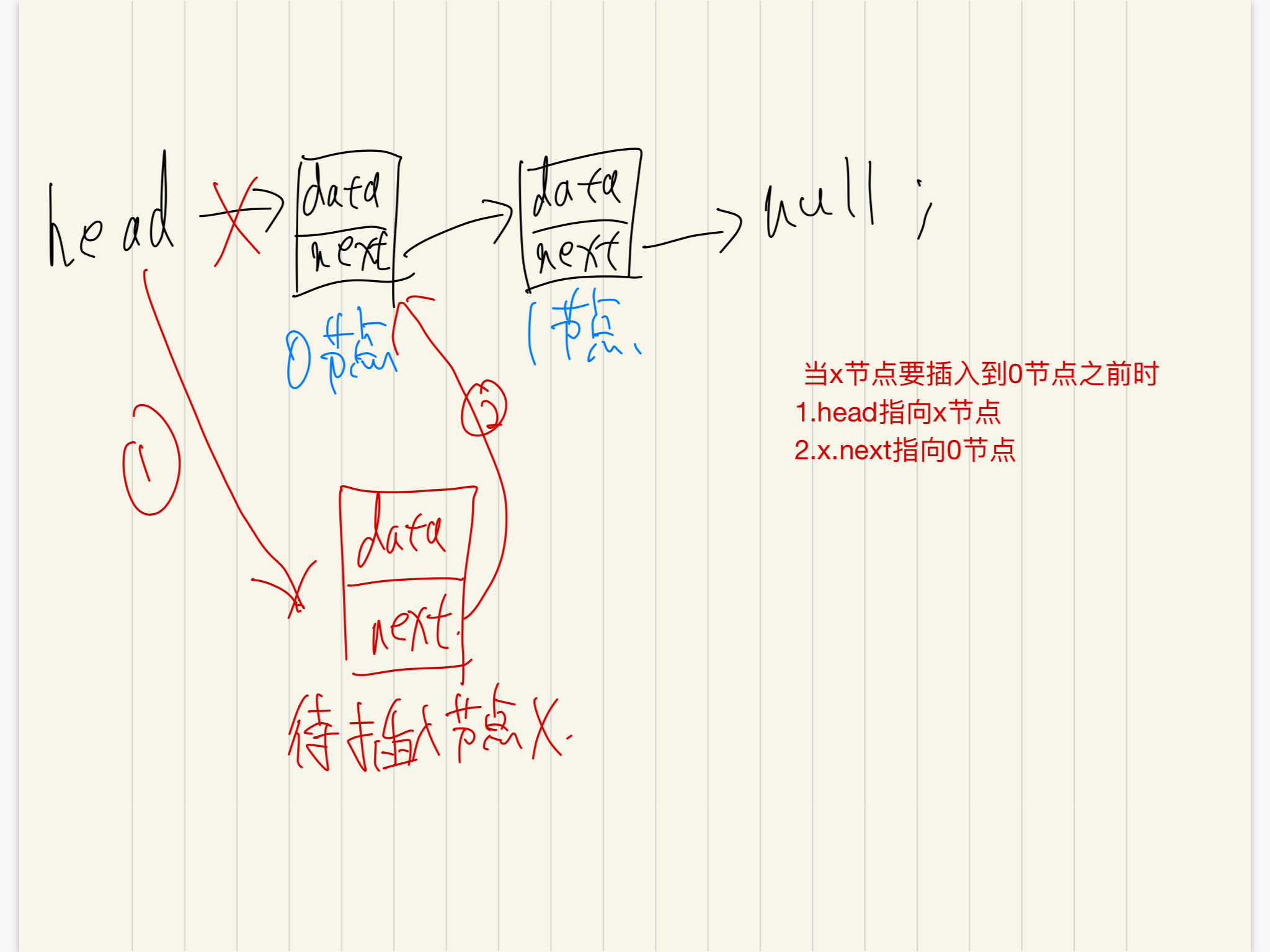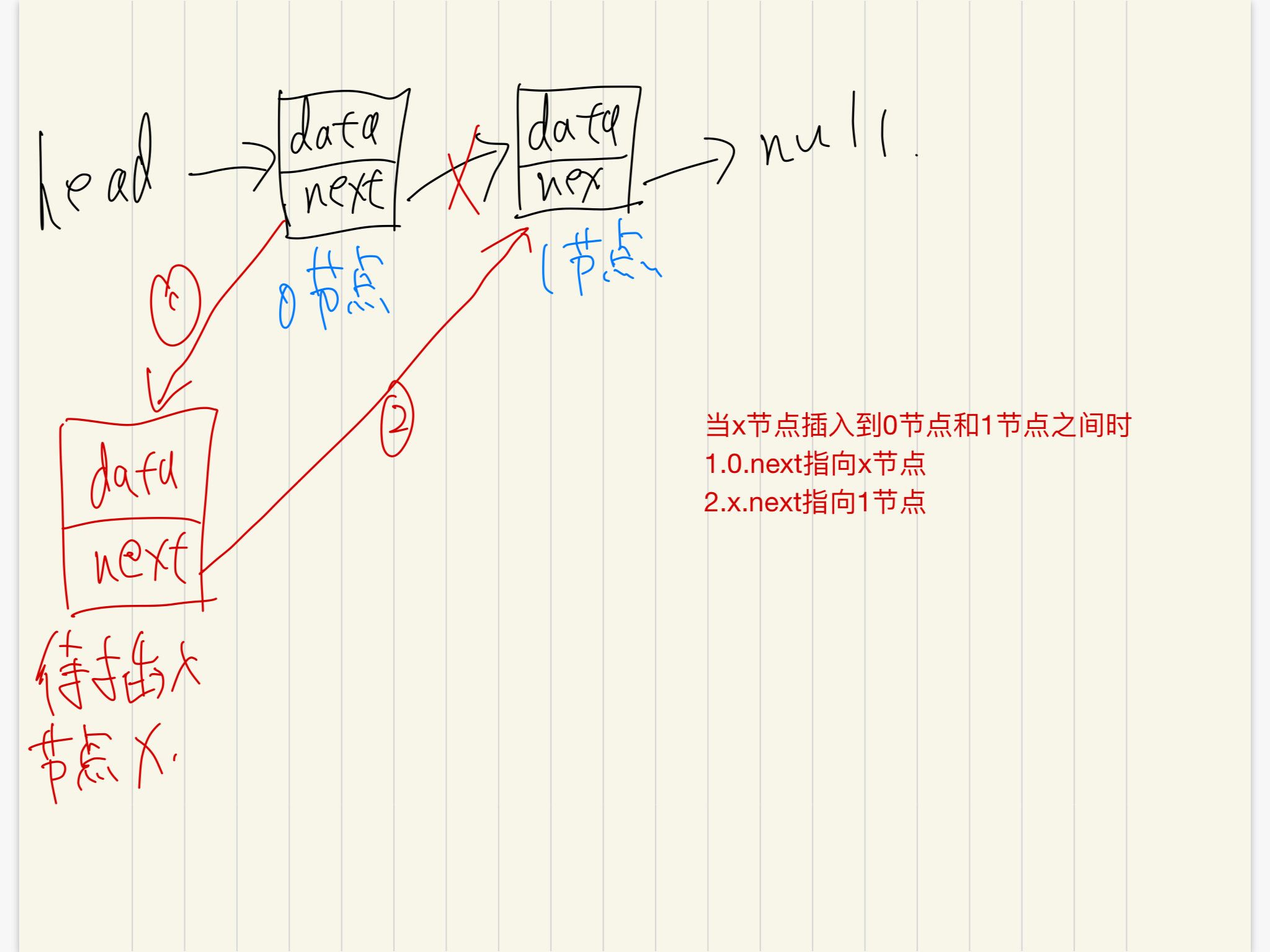《学习JavaScript数据结构与算法》笔记---(单向)链表
本文源码 这里
概念
1.类似于数组一样存储多个数据的数据结构
2.链表中每个元素称为节点,每个节点包含元素内容和指向下一个节点的指针
和数组对比
链表的优点
1.内存空间不是必须连续的。可以实现灵活的内存管理
2.链表不必再创建时就确定大小,并且大小可以无限延伸下去
3.链表再插入和删除数据时,时间复杂度低,效率高
链表的缺点
1.访问任何一个位置的元素时,都需要从头开始访问(无法跳过第一或任何一个元素)
2.无法通过下标直接访问元素
数组的优点
1.占用内存空间少
2.数组内的数据可以随机访问
3.数据查找效率较高(内存连续)
数组的缺点
1.插入和删除效率低,因为要移动操作元素之后的所有元素(无法跳过第一或任何一个元素)
2.数组大小固定,不能动态拓展(大多数语言是这样js的是动态的)
封装一个单向链表
1 | |
封装一些基本方法
只列举插入、添加、删除三个方法,其他方法可以查看源代码
1.append(data)—-给链表尾部追加节点方法,参数:节点数据 不返回结果
1
2
3
4
5
6
7
8
9
10
11
12
13
14
15
16
17
18
19LinkedList.prototype.append = function (data) {
// 1.创建新节点
let node = new Node(data);
// 2.判断是否是第一个节点 也可以根据heae是否为空判断
if (this.length === 0) {
this.head = node;
} else {
// 当前第一个节点
let current = this.head;
// 通过判断每个节点的next是否为空来找到最后一个元素
while (current.next) {
current = current.next;
};
// 然后给将最后一个元素的next指向我们新添加的元素
current.next = node;
}
// 3.更新长度
this.length++;
};

不理解的时候画图就好了
2.toString()—-打印每个节点data内容
3.insert(position,data)—-向特定位置插入节点,参数:位置索引,插入数据 成功返回1,失败返回0
1 | |
4.get(position)—–获取指定位置节点的数据 参数:位置索引 返回获取到的数据或-1
5.indexof(data)—–在链表中查找指定数据 参数:要查找的数据 返回目标数据节点位置 ,没有返回-1
6.update(position,data)—–修改指定位置的数据 参数:位置索引,要修改的数据 成功返回1,失败返回0
7.removeAt(position)—–删除指定位置的节点 参数:位置索引 成功返回删除节点data,失败返回-1
1 | |
8.remove(data)—–根据data移除该data所在节点 参数:要删除的数据 成功返回删除节点data,失败返回-1
9.size()—–返回链表对的元素个数
10.isEmpty()——判断链表是否为空
本博客所有文章除特别声明外,均采用 CC BY-SA 4.0 协议 ,转载请注明出处!